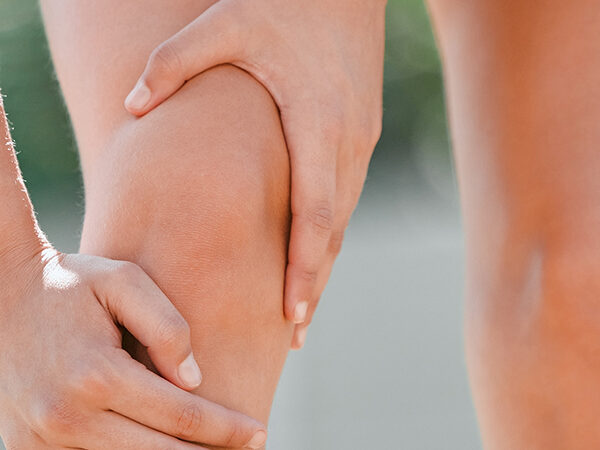
The ACL, or anterior cruciate ligament, is a strong band of fibrous tissues that connect the femur to the tibia in the knee joint. As a key ligament in the knee, the ACL works with the PCL and MCL to limit any rotational movement or overextension of the knee. Tears to the ACL are fairly common, especially among athletes who play sports that involve pivoting or cutting motions. Signs that you may have torn your ACL include:
Usually, these tears occur from a sudden change in direction or hyperextension of the knee and often are treated with surgical intervention. There are three types of ACL reconstruction surgeries:
The meniscus is a c-shaped piece of cartilage that sits between the femur and tibia in the knee to help stabilize and secure the joint. The meniscus can become damaged or torn due to sudden trauma and are prevalent among athletes and older adults whose tendons have weakened over time. The most common location of a meniscal tear is on the inside of the knee, which can lead to pain and swelling around the affected area. Treatment for a meniscus tear will vary depending on the extent of the tear, as well as your level of activity. Your orthopedic specialist at FASSST Sports Medicine may suggest physical therapy, anti-inflammatory injections, or rest before deciding to pursue surgical intervention.
Patellar tendinitis develops when the tendon that connects your patella to your tibia becomes inflamed. The patellar tendon allows you to extend your knee and most often becomes irritated from repetitive stress, particularly in sports that involve frequent jumping. Patellar tendinitis may cause swelling, tenderness, and pain that worsens with jumping, running or walking. Although mostly caused by repetitive stress, this condition may also develop due to:
Loose bodies are a condition that is typically caused by trauma, inflammatory diseases, or repetitive stress. Loose bodies are fragments of bone or cartilage that break off and move around freely in the knee’s synovial fluid. If not treated properly, these fragments may cause damage to the articular cartilage, resulting in an increased chance of developing arthritis. Along with instability, you may experience knee pain and swelling until you undergo treatment. Although nonsurgical treatment may help with alleviating pain, surgery is the only way to remove the loose bodies from the joint.

Your orthopedic specialist at FASSST Sports Medicine will opt for nonsurgical treatment before anything else. Some of the most frequently used conservative treatment options are:
However, more severe conditions of the knee will require surgical intervention. These types of conditions usually involve torn ligaments, joint instability, knee dislocation, significant swelling, or limited mobility. Some knee surgeries that FASSST Sports Medicine offers include:
